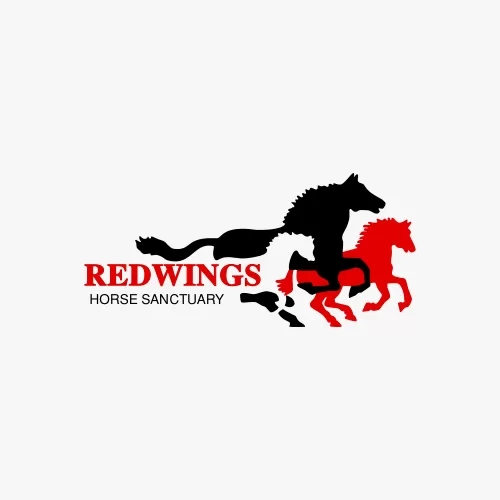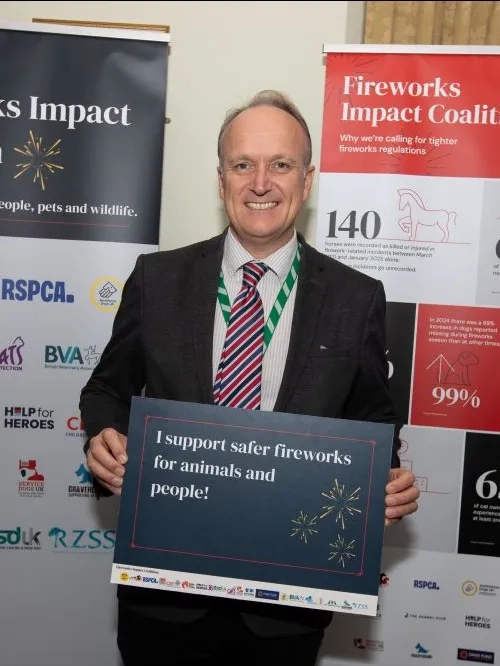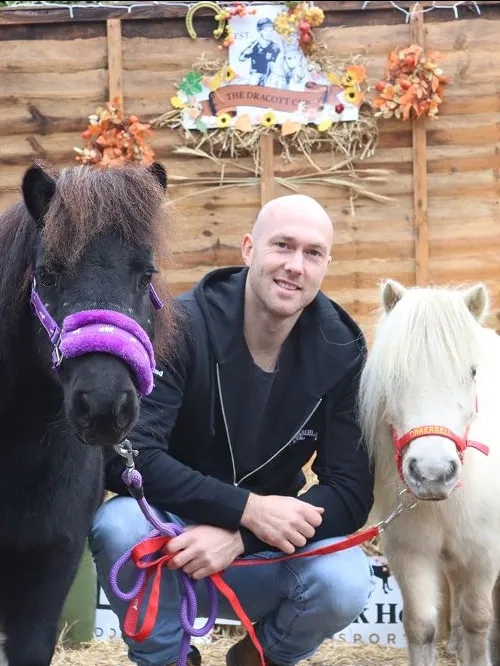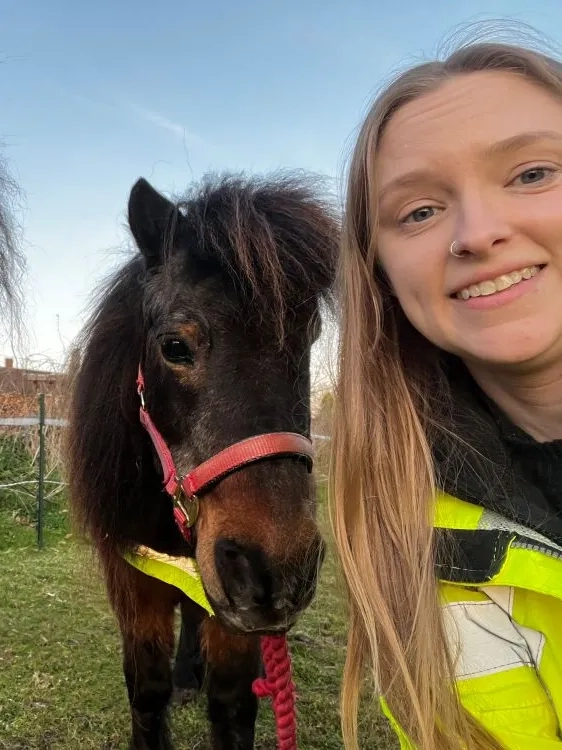08 September 2016

Over a year since the Control of Horses Act came into force in May 2015, latest figures show a reduction in the numbers of horses fly-grazed across England and Wales, with many case studies proving its effectiveness at tackling a problem that has been a cause of significant horse welfare problems, and blighted local communities, for years.
Recent statistics collected in January this year show there are an estimated 3,000 – 3,500 horses currently fly-grazed across England and Wales, which is the same number as were estimated to be fly-grazed in England alone in 2014.
This is strong evidence that the Act is having a real impact, providing another vital tool in tackling the welfare problems facing the UK’s horses. However, the coalition of welfare and rural organisations that campaigned for the Act (including Blue Cross, British Horse Society, CLA, Countryside Alliance, HorseWorld, NFU, Redwings Horse Sanctuary, RSPCA and World Horse Welfare) want to highlight the important role that awareness plays in ensuring the Act is used to its full potential.
Where the Act is being used it has been effective not only in enabling the swift removal of both large and small groups of fly-grazed horses – safeguarding their welfare and the surrounding local communities – but also, by taking robust action, locations that have previously experienced recurrent problems with fly-grazing have been able to eradicate the practice. In contrast, areas where the new law is not being used are now seeing more fly-grazed horses, perhaps due to the fact that owners can be assured they will face no consequences as a result.
World Horse Welfare Chief Executive, Roly Owers, said:
“As a coalition we campaigned for almost three years for tougher legislation to tackle fly-grazing so it is encouraging to see positive results reported in the fourteen months since the Control of Horses Act came into force.
“We do believe, however, that there is still more work to be done. Awareness of the Act, and the willingness of more local authorities and other landowners to use it are key to its success in tackling fly-grazing, which is just one driver of the UK’s current horse crisis.”
The Control of Horses Act 2015 gives greater power to public and private landowners to remove horses being grazed on their land without permission. The coalition produced a guidance document that provides information about the Act and its use for landowners and local authorities – find out more here.
The CLA represents landowners, farmers and rural businesses. CLA President Ross Murray said:
“The introduction of this new law was an important change for the countryside, and now the challenge is to ensure it is widely and consistently enforced. Fly-grazed horses can damage land, crops and fencing, restrict space for livestock and cost money to provide for their welfare and safety. Thanks to the Control of Horses Act farmers and landowners can act for swift resolution by, for example, rehoming the horses to charities or privately. In areas where fly-grazing continues to be a problem, local authorities and police forces must now begin working together to enforce the Act and support the local community in eradicating the problem.”

Redwings Press Office
Find out more about Redwings Press Office



